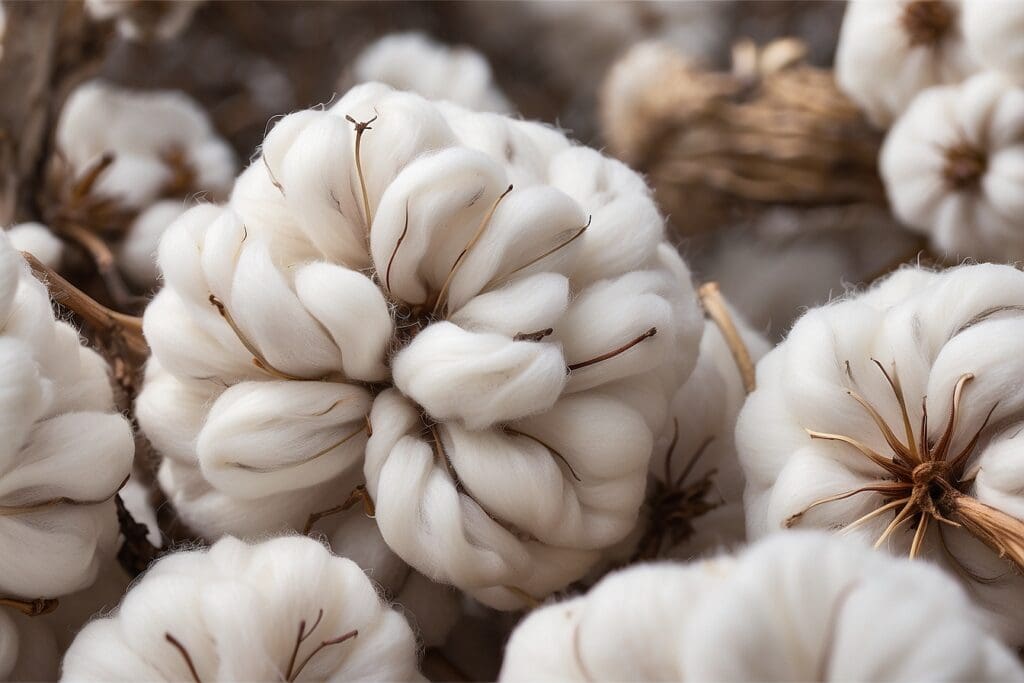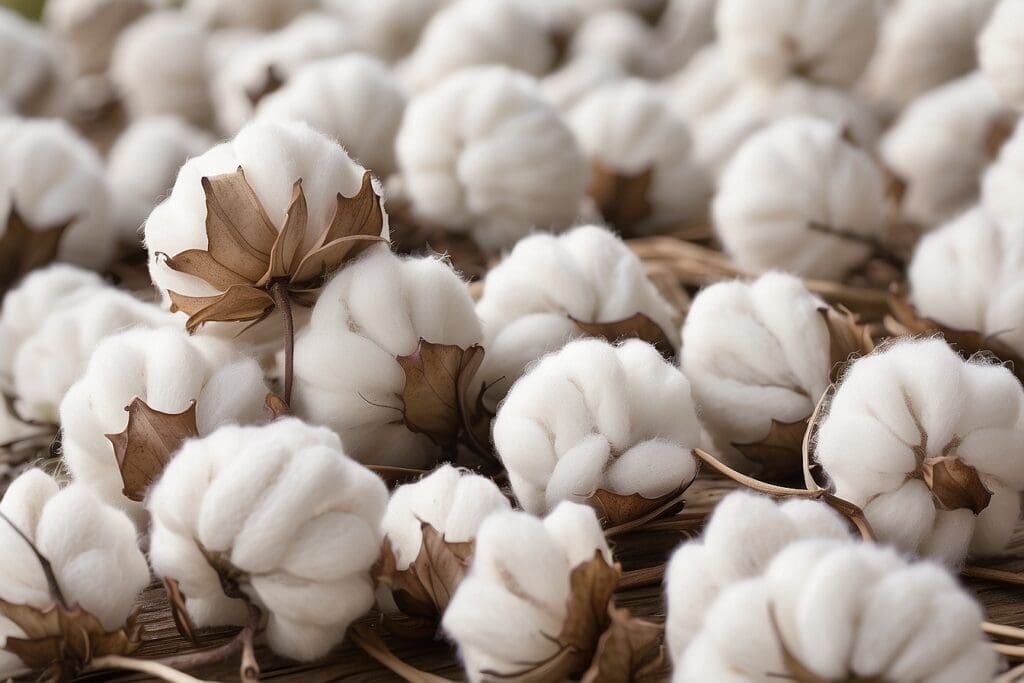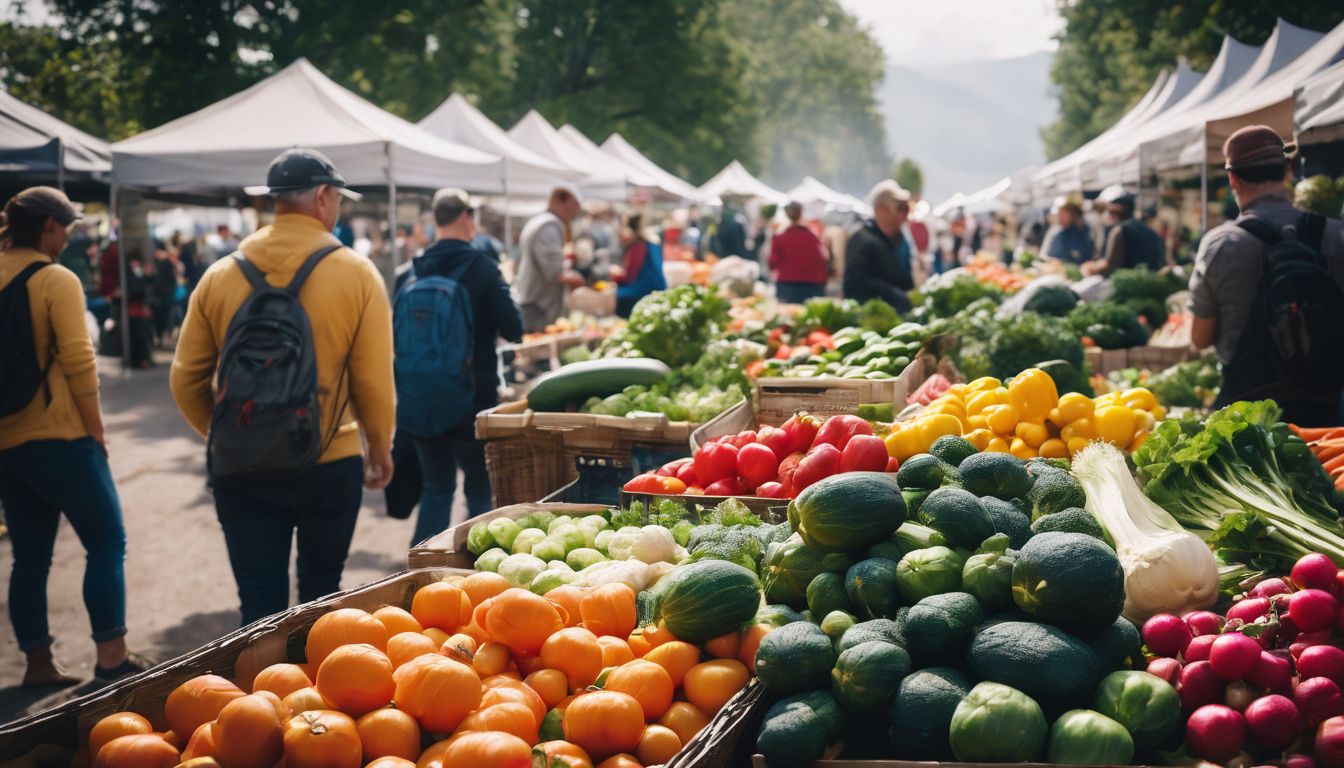My Educational Op-Ed on Organic Cotton…
There is so much hype behind anything organic these days, organic food, organic cosmetics, organic babies, literally everything is becoming pesticide-free, all natural, eco-hype. Another a recently trendy organic must-have is organic clothing. Swedish clothing company H&M, which possesses lines from fashion-celebrity bigwigs like Madonna and Rihanna, has its own organic clothing line.1 And Harry Potter starlet Emma Watson is working with People Tree clothing to make her very own organic and fair trade clothing line.2 But what’s so special about organic cotton, besides that it doesn’t use pesticides? Is the high price tag justified and is it really that much better for the environment?
What it Takes to Grow Cotton:
Simply put, cotton is a greedy, needy crop. Unlike most plants, cotton requires 16 vitamins and minerals to flourish and is notorious for pillaging the soil of all of its available nutrients. For this reason, cotton needs lots of extra inputs, such as fertilizer, to regenerate the earth and make it adequate for the next cotton rotation to grow. Cotton also needs an abundance of water—though cotton growth represents 2.4 percent of all agricultural land, it uses 2.6 percent of total global water usage.3 And it’s a sunlight monger too, so much so that the growing season for cotton lasts 180 to 200 days.4 Compared to corn, another crop with a notoriously long season, cotton needs at least a month longer to grow.5
Pesticide & Herbicide Usage:
Industrial cotton production accounts for about only one percent of the U.S.’s major agricultural land but accounts for a whopping ten percent of the nation’s pesticide and herbicide usage.6 To produce a single regular-sized cotton T-shirt it takes one-third of a pound of industrial chemicals!7 And worldwide the statistic is even more skewed: though it is only 2.4 percent of agricultural land it uses 24 percent of the world’s insecticides and 11 percent of the world’s pesticides… yikes!8 So what’s the deal, why use so many chemicals? The reason is simple: cotton is more prone to pests and infection than the average crop. More than a dozen insect species find the crop a highly delicious food source, making cotton growing that much more complicated. 9
Bt Cotton
Bacillus thuringiensis (Bt) is a bacterium that lives in soils and acts as a natural insecticide.10 Yet because of cotton’s irregularly high vulnerability to pests, most agricultural cotton has been genetically modified so that it contains a Bt gene allowing it to fight off pests on its own, without the presence of Bt in the soil. From an environmental perspective, this man-made mutation is both good and bad. It means overall less chemical usage—conventional cotton needs an estimated 15 rounds of pesticide spraying while Bt needs only three11 —but at the same time when Bt is used more frequently and in higher doses, pests evolve to become resistant to it more quickly than if was used at its natural levels. For this reason, genetic Bt modification has only been applied to cotton, corn, and potatoes,12 which are seen as necessary staples of society. From an environmental and ecological perspective, Bt crops are beneficial in the short run but overall have a negative impact in the long term because they are actually making pests evolutionarily stronger. Additionally, while Bt cotton has been used for nearly 20 years,13 eventually they will be useless at hoarding off a variety of harmful insects. We just don’t know when that time will come.
Genetically Modified Cotton & India as a Case Study
Genetically modified (GM) cotton is produced in the labs of developed nations with the aim of getting the highest yields on the smallest portions of land. (Bt cotton is a GM crop but it is a certain type of GM cotton so it is in a category of its own.) Though GM crops can produce more poundage per acre, they need perfect environmental conditions to do so. This includes ample exposure to sunlight, fertile soils, and an abundance of water. Any shortage of these, particularly the latter two, means that the cotton will produce far less than traditional seeds would. A drought or a shortage of phosphorus in the soil and GM seeds will be basically useless. And these seeds are expensive to obtain, especially for growers in developing nations who they were ironically designed to help. In nations where infrastructure, technology, and inputs are plentiful or at least available, GM cotton isn’t a bad commodity to have. Take out the pesticide resistant gene and what you get is a crop that will utilize the farmland most efficiently. Use organic pesticides and herbicides or implement crop rotation and smart water practices and you have a very environmentally friendly agricultural practice.
However, globalization is working its way into new societal pockets and causing farmers to become more interested in cash cropping, or producing agriculture purely for economic gain rather than local sustainability. Along India’s cotton belt suicides by cotton farmers have increased dramatically over the years because costs for inputs such as fertilizer—compulsory for a fruitful cotton season—have risen while global cotton prices have fallen.14 The Indian government has also has decreased financial support leading farmers to take out expensive loans. But the country lacks sufficient irrigation infrastructure and the growers depend on annual rains to feed their crops. One unproductive season caused by a drought, which has happened in recent years, and the loans are unlikely to be repaid.
As mentioned before, GM cotton isn’t really a negative thing. The key to making GM cotton universally sound is to apply it only where it cannot be socially crippling.
Organic Cotton:

Like other organic products, the most commonly known aspect of organic cotton is that it does not use environmentally harmful chemicals or pesticides or synthetic fertilizers during production. And I’m sure you’ve heard all the reasons before why this is good so I won’t get into it. But besides the basics, organic cotton engages in many natural remedies to ensure nutrient rich soils, water retention and pest control. Instead of using herbicides and insecticides and pesticides, organic farmers may choose to release other insects that are natural predators of certain pests in order to minimize crop damage.15 Not only does this grow cotton without chemicals, but it also increases the biological diversity within the environment. But inviting new insects into the area might not always be legal under ‘organic’ standards so farmers will instead use trap cropping. Trap cropping is the oldest trick in the almanac. By planting a different and more pest-attractive crop parallel to the cotton, pests will instead go for those plants, leaving cotton healthy and able to flourish. A good example is using melon to attract whitefly, a natural cotton predator.16
Now that pests are taken care of, organic farmers must then turn their attention to weeds, which can compete with cotton for soil nutrients. My personal favorite method of weed extermination is flame weeding, basically because it invokes the image of Rambo being lowered from a military helicopter, flame throwing invasive species. But then again, I’m a bit of a Sylvester Stalone fanatic. But burning weeds at a certain heat level may actually encourage weed proliferation so it is a touchy art form.17 After all, not all of us can be Stalones. Another method is intercropping, or growing multiple crops on one land in order to monopolize arable land.18 This also promotes erosion control, water retention, and pest diversion as mentioned before. And if you want to get super basic, mulching is always a generally effective at preventing weed growth.
Okay, the cotton is safe, but the soils where cotton is grown are going to need massive nutrient rejuvenation since the cotton has sucked it dry. In comes the practice that makes organic cotton so beautiful: crop rotation. Behind trap cropping, this is the second oldest trick. Crop rotation is a method that simply consists of growing other types of crops in the same cotton soil when it is not cotton season. These specifically chosen species are fixers, or plants that actually put nutrients back into the earth. Legumes are a popular choice because they are well-known nitrogen fixers.19 The rotation also helps minimize pests when cotton season does come along.
Bt and GM cotton both come with social or environmental implications. Yet, organic cotton production, besides being more expensive, is far better for the environment and has no known specific social negatives.
Organic vs. GM vs. Bt: Which of The Three…
1. Uses the least amount of water?
This is kind of a trick question. Conventional farming—and by conventional I mean GM seeds since that is the standard type of cotton for large-scale farmers—should use just as little or much water as organic farming. No GM crop has yet to be produced that uses water more efficiently or more sparingly than any other type of cotton seed, but you can bet that scientists are working on that one. Yet organic farmers, because the goal of ‘organic’ is to be more environmentally aware, often employ smarter water practices than non-organic. Plus, organic growers use crop rotation as a means of refilling the soil with lost nutrients, thus leaving soils healthier and more stable. More stable soil means a higher level of water retention and less top soil lost during heavy rains or dust storms.20 All of this ultimately answers the next question.
2. Extracts the least amount of nutrients from the soil?
Once again, sort of a trick question. All types of cotton use the same amount of nutrients to grow, but organic practices leave soils more nutrient-rich because they employ other plant species to replace lost nutrients. Regular farming practices just use synthetic fertilizers as soil nutrients during the cotton growing season.
3. Uses the least amount of pesticides/herbicides?
Organic cotton is an obvious first-placer on this one, though Bt comes in a relatively close second. And regular, GM cotton, 15 rounds of chemical usage, is in a distant third.
4. Employs smart fertilizer usage?
Ah-ha! Fertilizer is one of those crucial aspects in agriculture because it is a defining factor in what makes something organic or non-organic and it sets the scene for what kind of environmental atrocities are soon to come. Organic farmers typically use mineral fertilizers made from rock deposits as well as manure, while conventional uses synthetic fertilizer, of course, rich in the big three elements for soil nutrition: nitrogen, phosphorus, and potassium.
A recent study also showed that organic fertilizer has the potential to reduce Nitrous oxide—a green house gas and large global climate change contributor—emissions that leak from agricultural soils that have too many inputs.21
5. Produces the most cotton per acre?
GM cotton of course wins the high yield accolades, it was designed to be excessively acre-capable! And besides government subsidization, this is a huge reason if not the reason that organic clothing is far more expensive than conventional cotton-based apparel.
6. Has the lowest price/cost per acre?
A GM crop with a Bt gene is by far the lowest, especially with the Bt gene that significantly minimizes pesticide inputs. However, GM seeds are only good for one season because they are infertile, their offspring cannot reproduce and so farmers are forced to purchase these expensive seeds every year. This also means that they are at the whim of the GM/Bt seed provider who in almost all cases has a monopoly over the seed market.22
Organic cotton, though it uses no chemicals, has the financial burden of fertilizer, trap cropping, sometimes strip cropping, insects (released as natural predators to pests), crops for crop rotation, and frequent monitoring. For something to truly be ‘organic’ it must not be contaminated with seeds from adjacent non-organic farms, so growers are constantly and closely supervising, and testing their crops for the absence of chemicals, which sometimes unfortunately blow in from other nearby farmlands. This lack of chemical protection makes soils, seeds, and plants more prone to disease or infection. Organic cotton fields usually have lower yields than industrial fields.
And lastly, GM cotton is also uniform, making it easy for a large, mechanical cultivator to come through and pick the cotton. Organic fields use other types of plants for various purposes, which could make it more difficult to pick. For all of these reasons, producing organic cotton costs double what it takes to produce traditional cotton.
Know Your Cotton
Buying organic cotton products is one of those instances where you insert the phrase ‘you get what you pay for.’ Sure it is expensive, but it’s healthier for the earth and for the farmers and workers who are not exposed to harmful chemicals and carcinogens daily. But is it grown and or produced into clothing locally? Like food miles (see Greeniacs article: http://www.wordpress-837916-4114959.cloudwaysapps.com/GreeniacsArticles/Food-Miles.html for more information), shipping a product around the world, possibly even multiple times, may in fact nullify its initial footprint reduction. Clothing lines like American Apparel that have all their items locally grown and made is a great green house gas reducer, with or without being organically grown. And if you are an anti-sweat shop believer, do some research to make sure you’re your organic fabric isn’t being sewn by an eight year old in Taiwan. Organic shouldn’t be just about the environment, it should imply fair trade, produced at a decent wage, and overall beneficial for all parties involved.





